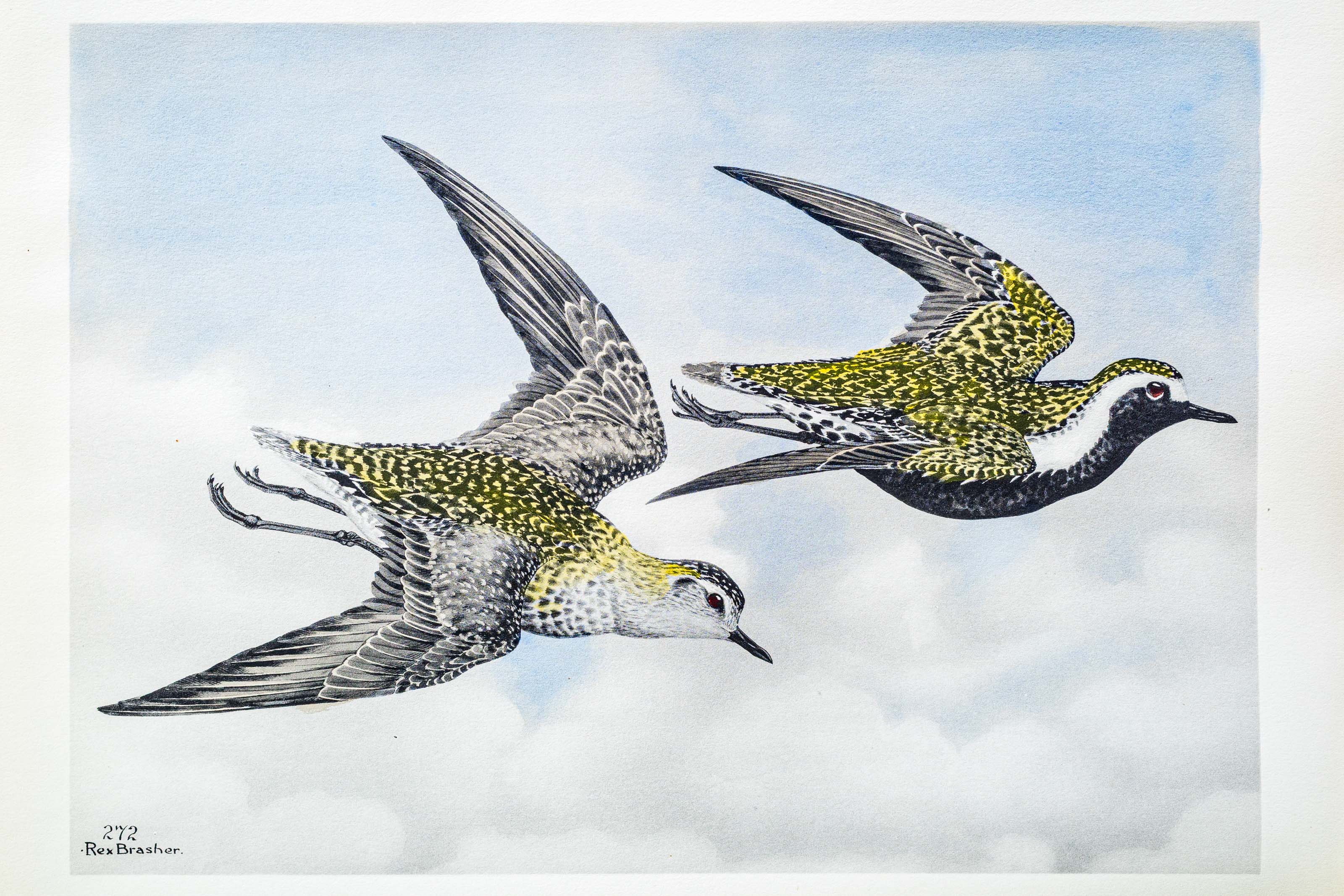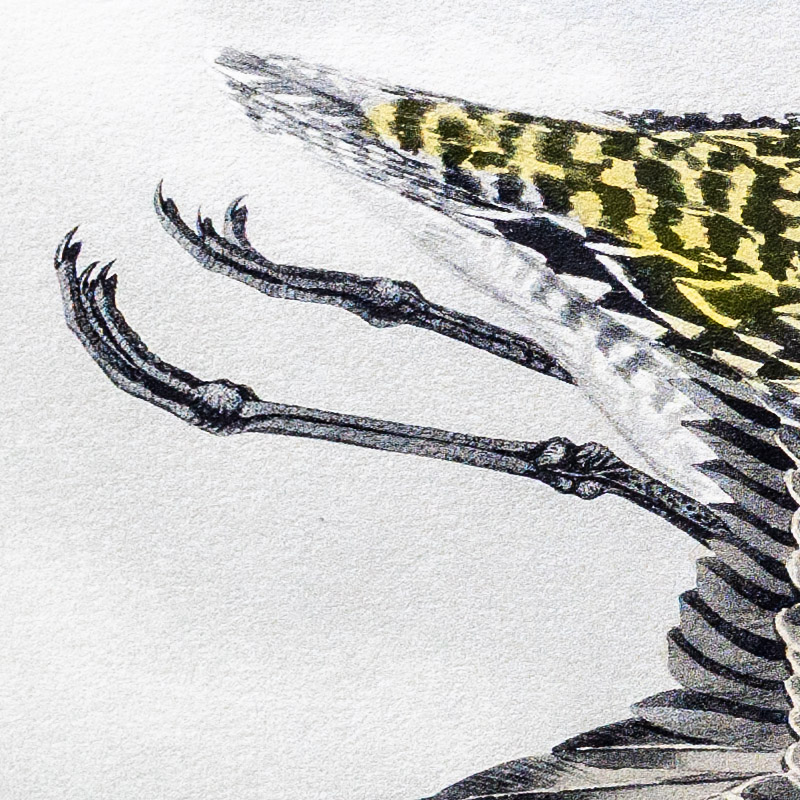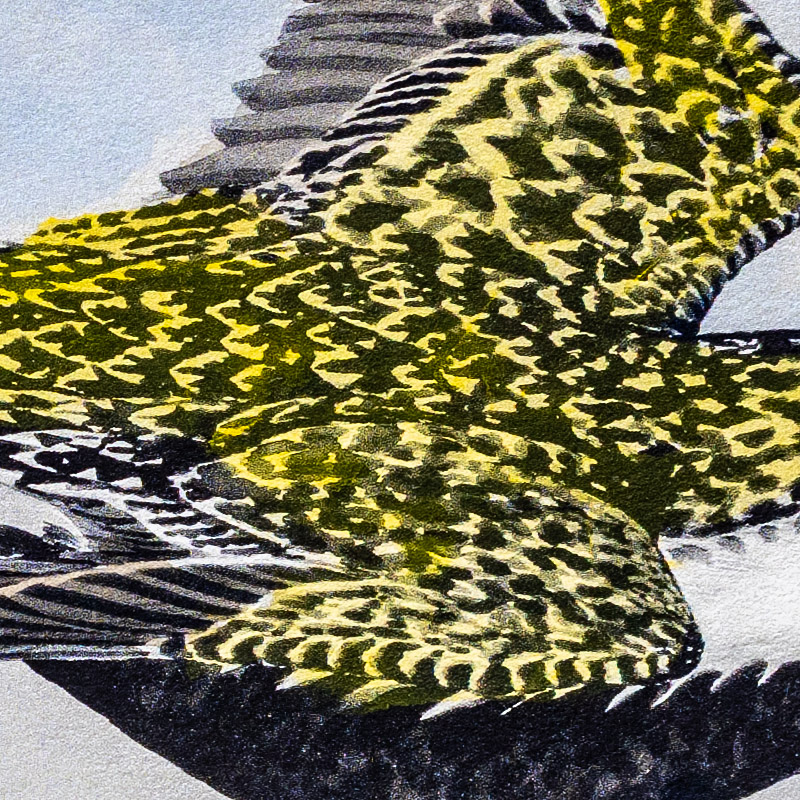






Unknown
1930
4
272
A team of dedicated board members, volunteers, and student interns has published every page in Volume 9. This volume includes 360 images of paintings and lyrical descriptions of birds, now available online for everyone to enjoy anywhere in the world. This is a monumental task. Each volume requires approximately 400 hours to photograph, edit, transcribe, catalog, and publish online. We need your support to complete this work.
If you're tech-savvy, have a good eye, are meticulous with details, and love structured data, please consider volunteering by emailing us at hello@rexbrasher.org.
We encourage all bird lovers and supporters to consider a monetary donation to support our mission to make Rex's work available for everyone. You can provide a one-time or recurring donation online.
Over the prairie west of the Mississippi, flocks of these fine aristocratic birds swirl northward during May. They fly in long parabolas, sinking and rising as the whim seizes them until the undulating cloud disappears. Formerly abundant, today they are seldom seen on the Atlantic Coast in Autumn unless an onshore gale drives them in. From a fishing schooner's deck, a hundred miles or more off the New England coast, I often have seen numbers outward bound on their remarkable flight to South America.
In late September, about 1890, scattered birds or small flocks occasionally headed toward the decoys on Shinnecock Bay (Long Island) but did not alight — going by very fast some fifty yards overhead. It was a severe test of marksmanship and many more escaped than fell. The birds were so fat that they burst when hitting the sand.
Murdock says they arrive at Point Barrow while snow still covers the tundra and are very wild and noisy, uttering a loud melodious tud'ling cry. The eggs harmonized so perfectly with the white and gray moss where laid that they were extremely difficult to detect.
North and South America.